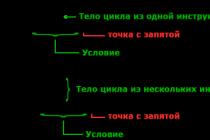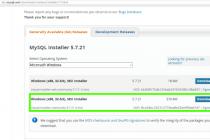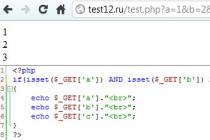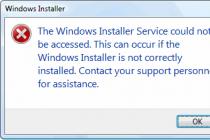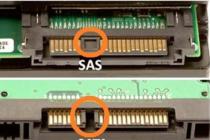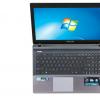We simply cannot imagine our life without the Internet. In order to constantly be in touch, watch online courses, videos, post stories and photos, you need good smartphone, high-speed, with a clear image and a reliable connection. There are such smartphones, there are many of them. We will look at the best smartphones for the Internet in different price categories: one version of the flagship model, the most popular today - samsung galaxy S7, the average option within 15,000 rubles - LG Magna and an inexpensive smartphone in the region of 8,000 rubles - Microsoft Lumia 535 Dual. Let's start with the leader.
Samsung Galaxy S7
This smartphone is a leader not only in price (its cost is almost 50,000 rubles), but also in terms of filling.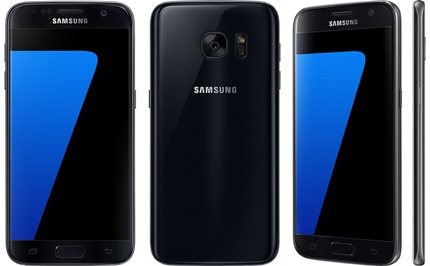
An 8-core processor and 4 GB of RAM means quick opening of applications, tabs, switching between programs and games without brakes and freezes. The battery is 3000 mAh, in office mode it will last for a couple of days, for simple surfing the Internet it is about the same, but with watching videos online or listening to music, you will, of course, have to charge it more often. Galaxy S7 is equipped with a large 5-inch screen. The image is clear, not blurry, write on virtual keyboard very convenient - the problem with hitting the next letter practically disappears. Built-in "smart" backlight, so that the eyes do not get tired. 12 MP camera with DualPixel technology, which improves the quality of photos in low light, you can take pictures at the "pro" level. Do not be ashamed to post on Instagram or other social network. And finally, communication. There is Wi-Fi, Wi-FiDirect, Wi-Fi repeater, Mobil Hotspot, Bluetooth, NFS, S-Beam. Without the Internet, you definitely will not stay!
LG Magna
Feature of the smartphone is a curved screen. A slight distortion has its advantages: the display becomes, albeit slightly, but closer when the user reaches the top edge. It seems to be a very slight improvement, but it affects the usability.
The display itself is 5.0 inches, IPS, resolution 1280 * 720px. The model does not have an air gap between the matrix and the glass, the output image is clear, not blurry, with natural colors. LG Magna has a 4-core Mediatek processor MT6582, 1 GB random access memory. This is enough for a quick surfing on the Internet. Even if you open a lot of tabs in the browser, this will not affect the performance of the device very much. The installed OS is Android 5.0.1 Lollipop. A small disadvantage of the smartphone’s operation can be considered a delay in launching applications - a game or program can open for about a minute, but after opening there are no complaints about the operation of applications - the smartphone simply “flies”. Telephone communication is excellent. Communication keeps stable, without interruptions. Internet access is provided from using Wi-Fi module or mobile internet. GPRS, EDGE, HSDPA, HSUPA are responsible for high-speed data transfer. Using such a smartphone to spend time on the Internet is a pleasure: big screen, fast work gadget, it is convenient to type messages and even write posts using the office text application.
Microsoft Lumia 535
The Lumia 535 is good for both internet and telephony. Despite the low cost, it can do a lot: games, office applications, video viewing, Internet access are available.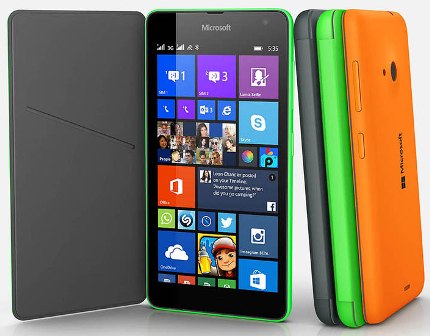
If we consider the convenience of working on the Internet, then we can put a solid five: the screen is large, 5”, resolution 960 * 540px, 220 PPI. It is convenient to type text, watch movies. What pleases - even in the bright sun you can freely see the text or picture. The battery charge is enough for a day, a maximum of one and a half (with active surfing on the Internet), this, of course, is a minus, but not a big one. With such an inconvenience for 7900 rubles, you can put up with it. It supports almost all available audio and video formats, a 5MP camera, the pictures come out not masterpieces, but quite tolerable. RAM 1GB, internal 8GB. You can further increase it with the help of mocroSD and download what you need without any problems. For the money Microsoft Lumia 535 Dual provides stable Internet access, Good work applications and good video quality. In the segment of inexpensive smartphones for the Internet, this model can be considered one of the best. These smartphones seemed to us the best for the Internet in their price categories. If you have a different opinion - share it in the comments.
Modern smartphones all as one support data transfer via Wi-Fi and mobile communications. But not all of them are equally good at these tasks. What kind modern smartphones we will find out the best ones for the Internet below. This selection includes devices that support the best Wi-Fi and LTE standard.
Budget smartphones often do not have support for new Wi-Fi standards that are more advanced and faster (for example, 802.11n and 802.11ac). Such devices cannot claim a place in the list of the best smartphones for the Internet, as they do not allow you to use the potential wireless network to the fullest. The first condition for a smartphone to be included in our list below is the mandatory support for networks. WiFi versions 802.11n and 802.11ac. We wrote about the best Wi-Fi standards for smartphones at the link >>>.
There is also a faster 802.11ad standard (known as WiGig) operating at a frequency around 60 GHz. But there are no devices with its support among smartphones on mass sale yet.
The best widespread data transmission standard in mobile networks - LTE-Advanced
Many cheap smartphones unable to work in mobile networks LTE, in which data transfer is faster than in 2G and 3G networks. Formally, the LTE standard provides a data transfer rate of up to 100 Mbps and a reception of up to 40 Mbps. In practice, it is impossible to get more than 30 Mbps at the input, and 4 Mbps at the output. And this does not pull on the fourth-generation 4G network, which requires 100 Mbps. Therefore, after LTE (which did not manage to be massively deployed around the world), LTE-Advanced came.
LTE-Advanced exists in several versions that differ in speed. The most common LTE-A categories are:
- sat. 4 - 150/50 Mbps;
- sat. 6 - 300/50 Mbps;
- sat. 7 - 300/100 Mbps;
- sat. 9 - 450/50 Mbps;
- sat. 12 - 450/100 Mbps.
The fastest categories are Cat. 9 and Cat. 12. Such impressive speeds were achieved by combining several frequency channels for parallel use. It is the support of LTE-Advanced (not counting Cat. 4 - 150/50 Mbps) that is the second selection criterion.
Devices that meet both of the criteria we've covered above make it onto our list of the best smartphones for the internet.
Samsung Galaxy S7 and S7 Edge are flagships with great cameras
In 2016, Samsung decided to slightly change the approach to the release of flagships.
Previous modifications of the top model differed only in the shape of the screen, and the Samsung Galaxy S7 and S7 Edge released in February 2016 also received different diagonals. Otherwise, they are identical devices. The difference is that the S7 is 5.1" while the S7 Edge is 5.5". Both screens are based on Super AMOLED matrices with a resolution of 2560x1440 pixels.
Smartphones are powered by the Exynos Octa 8890 processor (European version) or Snapdragon 820 (for China and the USA). They have 4 GB of RAM, and built-in memory - 32 or 64, there is a memory card slot. The flagship OS is Android 6, the cameras are 12 MP, using full phase detection autofocus and enlarged pixel technology. The S7 battery has a capacity of 3000 mAh, S7 Edge - 3600 mAh.
Smartphones not only demonstrate high performance, but also support modern communication interfaces. They are equipped with 2.4 and 5 GHz Wi-Fi modules operating on 802.11a/b/g/n/ac protocols. Theoretically, the chipset is capable of working even with an 802.11ad Wi-Fi module, but there is no official confirmation. Depending on the region, all current standards are supported cellular communication, up to LTE Cat. 12/13 (up to 600/150 Mbps for reception / transmission). LTE-U is also announced.
LTE-U is Qualcomm's development path for 5GHz-adapted LTE networks. The advantage of the band is that in most countries of the world it is free and does not require a strict procedure for obtaining a license (unlike the 0.1-3 GHz band, where only a narrow band between 2.3 and 2.5 GHz is free). But since cellular networks LTE-U has not yet been implemented - we have not singled out their support as a separate condition.
Xiaomi Mi Max is a huge almost flagship
Name for the new phablet Xiaomi Max, released in May 2016, was chosen by "all the people".
The device was the first such a large device from this Chinese manufacturer, so she instructed fans to choose the appropriate name. The screen at 6.44 "with a resolution of 1920x1080, although it does not have a record pixel density, is quite good.
Works Xiaomi Max based on a six-core Snapdragon processor 650 or eight-core Snapdragon 652. 3 or 4 GB of RAM is installed, 32, 64 or 128 GB are provided for files. The phablet runs on Android 6 with MIUI shell 7, the most relevant at the moment. Camera resolution is 16 MP, it is equipped with LED flash and phase detection autofocus. The battery capacity of the smartphone is 4850 mAh.
The chipset in Xiaomi Max, although it belongs to the average price category, but not much behind the flagships. It is also equipped with a wireless module designed to work in Wi-Fi 802.11a/b/g/n/ac networks in the 2.4 and 5 GHz bands. Due to this, it is possible to achieve speeds of over 300 Mbps. The cellular module supports LTE Cat. 12, which will allow it to accelerate to 450 Mbps in the near future.
HTC One M9 - music smartphone
Released in March 2015, HTC One M9 is not only not obsolete morally, but in some ways even ahead of its time.
The smartphone has become a continuation of the flagship line from the Taiwanese company, having inherited stereo speakers, an all-metal body, and an “ultra-pixel” camera. Its screen has a 5-inch matrix with a resolution of 1920x1080 pixels, created using Super LCD technology.
The Snapdragon 810 is used as a processor, with a frequency of 2 GHz. They did not accelerate it more strongly, since then the infamous overheating sharply manifested itself. The smartphone has 3 GB of RAM, 32 GB of built-in memory, a microSD slot is present. The operating system is Android 5, which is updated to version 6. The 20 MP camera has a slightly increased (up to 1.2 microns) pixel size to improve light perception. Non-removable battery has a capacity of 2840 mAh.
The Snapdragon 810 chipset was equipped with a modem, which for its time was even too advanced. At the time of the appearance of the LTE Cat. 9 was not so much. Wi-Fi working with 802.11a/b/g/n/ac networks supports 2.4 and 5 GHz frequencies.
HTC 10 is brand new
The HTC 10 isn't just a successor to the M9 (which has almost the same design as its two predecessors).
This is a new device in every sense, which has become even better. The release date of the smartphone is April 2016. HTC 10 received a 5.2-inch SuperLCD screen with a resolution of 2560x1440, and also inherited stereo speakers.
Like most flagships of 2016, the device is powered by Snapdragon 820. It has 4 GB of RAM and 32 or 64 GB of permanent memory, memory cards are supported. Android 6 is installed on board. Sense shell. The camera resolution was reduced to 12 MP, but the pixels were increased to 1.55 microns, laser focusing and optical stabilization were added. A 3000 mAh battery is responsible for autonomy.
Network communications are handled by a modem that supports LTE up to Cat. 12/13 (600/150 Mbps). Wireless Internet possible by WiFi technology, in 802.11a/b/g/n and ac standards (2.4 and 5 GHz).
ZTE Nubia Z9 Max and ZTE Nubia Z9 are Chinese flagships
In April 2015, the Chinese manufacturer ZTE released several versions of the flagship that differ in screen sizes.
ZTE Nubia Z9 Max and ZTE Nubia Z9 became the most functional (at that time) devices in the line. Both are equipped with IPS screens with a resolution of 1920x1080 pixels, the difference lies in the diagonals. The Max model received a 5.5-inch display, while the simple Z9 uses a 5.2-inch screen.
The processor of both gadgets is Snapdragon 810, with a frequency of 2 GHz. RAM - 3 or 4 GB, internal memory 16, 32 or 64 GB, the Max model has a microSD slot, but the Z9 does not. Operating system– Android 5. The camera has a resolution of 16 MP, the difference between the models is that the Z9 Max has optical stabilization. The battery capacity is the same for both smartphones – 2900 mAh.
At the level of the Z9 Max chipset, LTE support is implemented up to Cat.9, which means speeds up to 450 Mbps for reception and 50 Mbps for upload. Interestingly, the device is almost identical, but Z9 is officially announced only for Cat.6 networks. Wi-Fi works with frequencies of 2.4 and 5 GHz, in all standards (from a to ac).
LG G Flex 2 - curved and fast
The difference between the LG G Flex 2, released in January 2015, and Samsung's curved ones is that its OLED screen has a curve not at the edges, but along the entire length.
Its resolution is 1920x1080 pixels, and the diagonal is 5.5".
The LG G Flex 2 is powered by a Snapdragon 810 processor clocked at 2GHz. The amount of RAM is 2 or 3 GB, permanent - 16 or 32 GB. A slot for a memory card is present. The OS used is Android 5, which is updated to version 5.1. Camera resolution is 13 MP, it is equipped with laser autofocus and optical image stabilizer. The battery capacity is 3000 mAh.
LG G Flex 2 is designed to work in LTE networks over Cat. 9 inclusive (450 Mbps per download). According to others, only LTE Cat. 6 (up to 300 Mbps). Wireless module supports WiFi networks 802.11a/b/g/n/ac.
Google Nexus 6P - Google phone from China
The Google Nexus 6P is the first Nexus built by the Chinese manufacturer Huawei. The smartphone, released in September 2015, received flagship specifications. Among them is a 5.7-inch AMOLED screen with a resolution of 2560x1440 pixels.
The device is based on the Snapdragon 810 chipset, which was the flagship at that time. The smartphone has 3 GB of RAM, 16, 32 or 64 GB of permanent memory. The operating system is Android 6, soon it is worth waiting for an update to version 7. Camera resolution - 12 MP, there are laser autofocus and dual flash, the pixel size is increased to 1.55 microns. Battery capacity - 3450 mAh.
The modem responsible for network communications supports LTE networks Cat. 6 (up to 300 Mbps per download). Wireless wifi module can work in 2.4 and 5 GHz networks, 802.11a/b/g/n/ac standards. In the latter, a dual-channel MIMO 2x2 mode is available with a speed of more than 600 Mbps (2 combined channels of 300 or 433 Mbps).
Smartphones with the best autonomy in the network
Apart from high speeds data transfer, it is important that the smartphone demonstrates decent autonomy during web surfing. The ichip.ru resource at the end of 2015 organized testing of devices to find the most tenacious. Some devices from our rating (like the Galaxy S7 or Xiaomi Max) could not be tested in principle (they came out later), so the selections of the fastest and most tenacious smartphones do not match.
Smartphones were tested with maximum screen brightness, in the mode of simulating user activity. To do this, the test web page was reloaded every 30 seconds. In this mode, the longest-lived Motorola Moto X Play, which lived for 12 hours and 10 minutes. It is followed by Motorola Moto E (2. Generation), which lasted 11:03. Third place - Microsoft Lumia 950 XL (10:18).
The Google Nexus 6P 32GB also performed very well, lasting 9 hours and 40 minutes. Huawei Ascend Mate 7 showed a result of 9:23, and Samsung Galaxy Note 3 lived 14 minutes less. The Samsung Galaxy S5 neo lasted 9 hours and 2 minutes, while the LG G4C was only 2 minutes short of the 9 hours mark.
AT modern world difficult to do without the Internet, which is in the most powerful way communication between people who are sometimes on different sides of the globe. Plus, it's a huge, comprehensive reference; mega-bank of books, photo and video files, games and music. The advent of smartphones has allowed a huge number of people to use the network almost anywhere there is a connection. This article is about what parameters are most important for the owner of the device for comfortable “surfing” on numerous sites. And regardless of whether you choose an expensive or cheap gadget for the Internet, for yourself or as a gift to loved ones, the main requirements for it will be as follows:
Smartphone screen size and type

First of all, a high-quality and large enough screen is important for comfortable web browsing. . Smartphone displays by manufacturing are TFT, AMOLED and IPS.
-
TFT displays
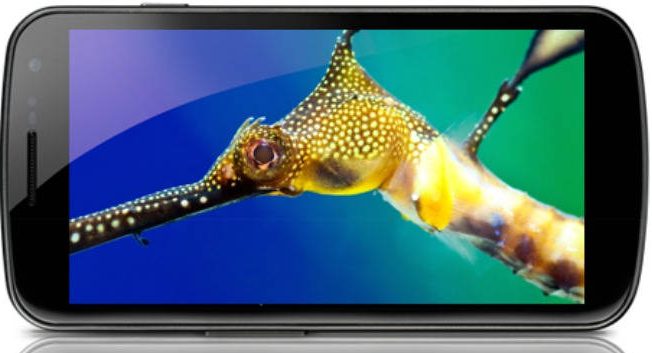
This is the least suitable type of matrix for browsing the Internet. Such screens have weak brightness and contrast, as well as small viewing angles. The TFT-matrix screen fades in the sun, which is a big inconvenience. An advanced type of TFT-screens are Super LCD-displays. These are liquid crystal displays with very high quality images and soothing colors. The most advanced type of TFT technology is IPS-matrices, which are characterized by high contrast, viewing angles up to 180 degrees and excellent color reproduction.
-
OLED displays
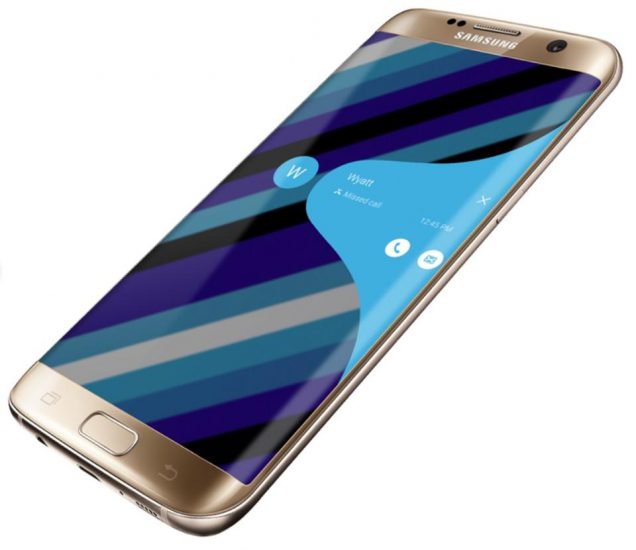
OLED technology is based on the operation of organic light emitting diodes, which emit light when an electric current passes through them. They do not need an additional light source, since they themselves emit it. That's why this technology saves a lot of battery power of your smartphone. Unfortunately, organic LEDs are short-lived, and therefore improved versions of OLED displays have been created, these are AMOLED screens with an added TFT matrix that turns the display on and off. Such screens have bright juicy colors, excellent viewing angles, and do not fade in the sun. The most advanced OLED technology is Super AMOLED, where the outer glass is removed and the touch layer is glued directly to the screen. This reduces the thickness, increases the touch sensitivity of the screen, the saturation of colors and the clarity of the image.
Smartphone processor
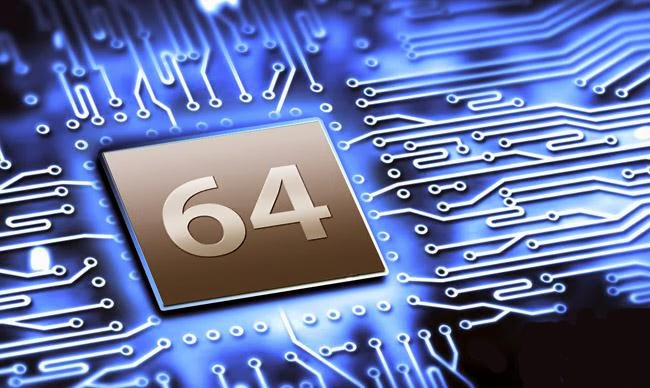
Second important parameter smartphone for the Internet is the so-called “hardware”, which is a chipset consisting of a processor, video accelerator, operational and internal memory. Naturally, what more powerful processor and the video accelerator of the device - the faster the smartphone works. I recommend choosing a device whose processor has at least 2 cores operating at a frequency of 1.2 GHz. Such processors, with rare exceptions, are paired with a fairly powerful video accelerator. In addition, the amount of RAM is important for the trouble-free loading of a large amount of information. It is desirable that the RAM is at least 1 GB. By the way, the chipset also contains a radio module, on which the reliability of the Internet connection depends.
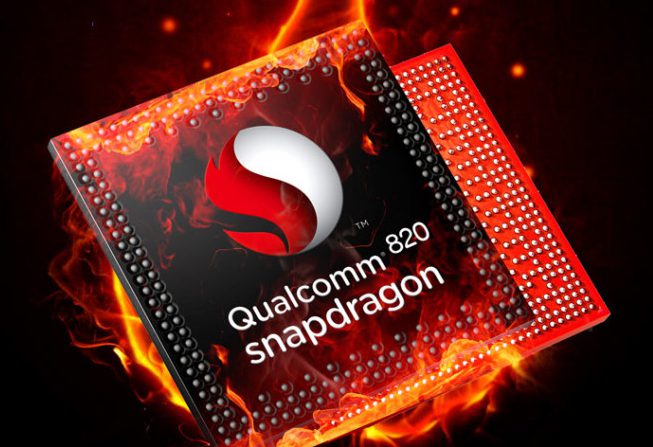
Operating system
Here, the main requirements are as follows: the OS must work stably, without “freezing”, be convenient and be able to download a sufficient amount of software for the Internet.
The leader in stability is the iOS OS, which is installed on the iPhone. The system has been brought to perfection, but all the software for it is paid, and smartphones running under its control are relatively expensive.
Android OS, installed on the vast majority of gadgets produced today; starting from the 4th version, it works quite stably and uses a huge number of free and paid applications created for it.
Also, the OS works well and stably Windows phone, which is convenient with the familiar Windows menu, like on a computer screen, and easily interacts with numerous company programs, including Word and Excel, although it has little software created for it.
Battery

To be able to use the Internet offline for a long time, the smartphone must have enough battery. And the more capacious it should be than bigger screen and processor power, which consume the most power in the device. The most economical in power consumption is the OLED screen. Android OS is a multi-tasking system that allows you to use several programs at the same time, but this has its drawbacks. Running programs do not know how to automatically close after exiting them, and continue to work in the background, slowing down the processor until you turn them off. But iOS and Windows Phone are not multitasking systems, so they consume less energy. Additional energy is also consumed by smartphones with two SIM cards. I recommend choosing a device for “surfing” on the Internet, the battery capacity of which is at least 2000 mAh. In addition, to increase the battery life of the gadget, you can have a spare battery, or external battery- Power bank.
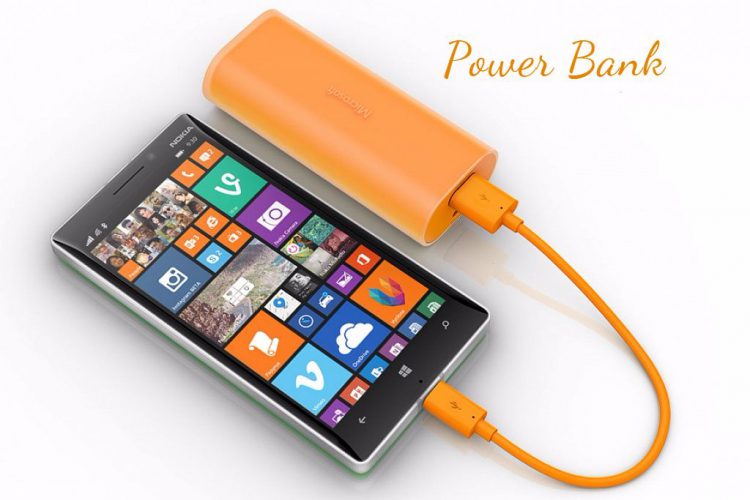
Features of using LTE and 3G Internet
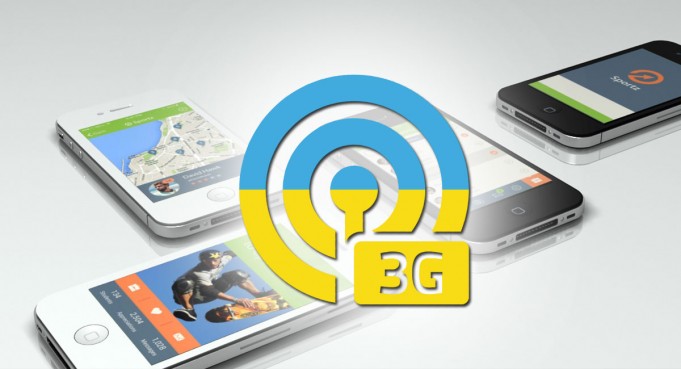
In Ukraine and Russia, by 2015, high-speed 3G Internet became widespread, allowing users to make video calls from their smartphones and use the Internet much more comfortably. But high speed internet happens different technologies and works at different frequencies. Such 3G Internet parameters are indicated in the characteristics of the device and even written on its packaging. In Ukraine, for example, three cellular operator operate on WCDMA technology at a frequency of 2100 MHz, all Russian operators - on Uplink 1920 - 1980 MHz and Downlink 2110 - 2170 MHz. Therefore, the selected gadget must necessarily support the type and frequency range of 3G in your region. Since 2016, even faster Internet has appeared in our countries - 4G LTE.
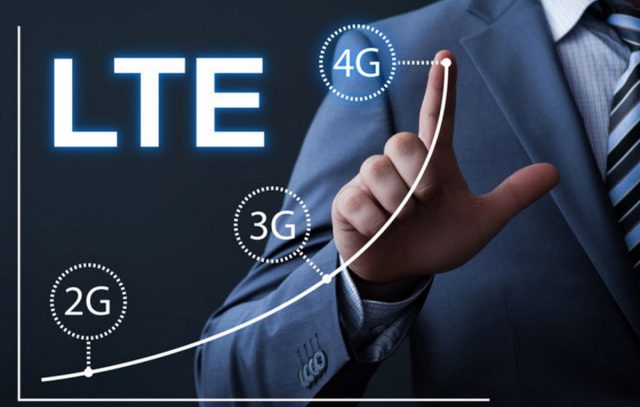
Several factors affect the speed of LTE and 3G Internet:
Smartphone class
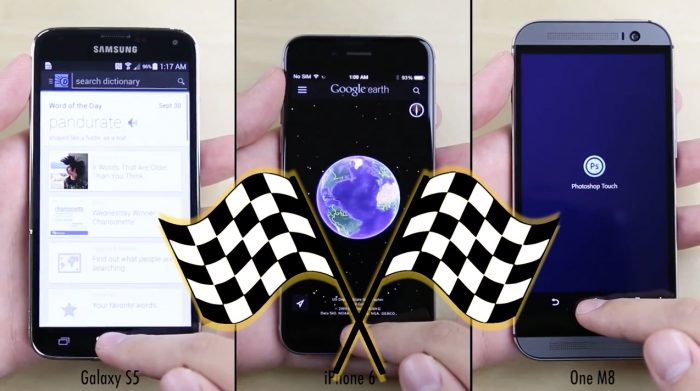
Smartphones of medium and high class Receiving and transmitting information is much faster than budget models. In these price segments almost all gadgets in 2017 can already work in high-speed 4G LTE networks. And, undoubtedly, the champions in this parameter are the top models, the flagships of the manufacturing companies.
Distance from base station
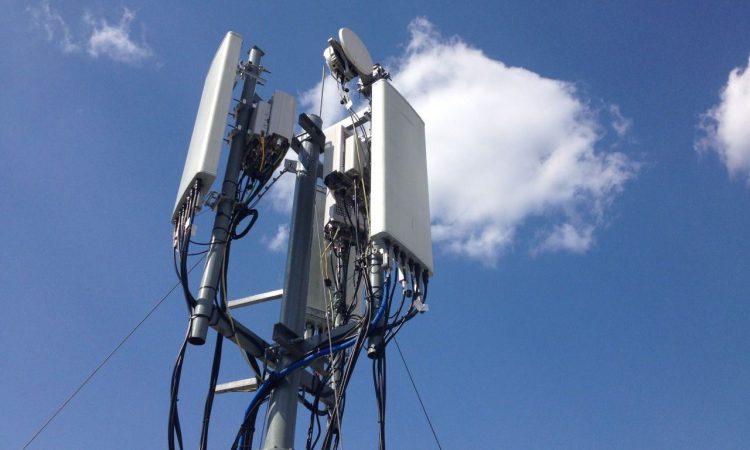
The speed of LTE and 3G Internet depends on the distance to the base station. The larger it is, the slower the speed. In addition, at long distance before the station, the smartphone automatically increases the power of its transmitter to improve communication, and this drains the battery.
Speed of LTE and 3G internet on the move
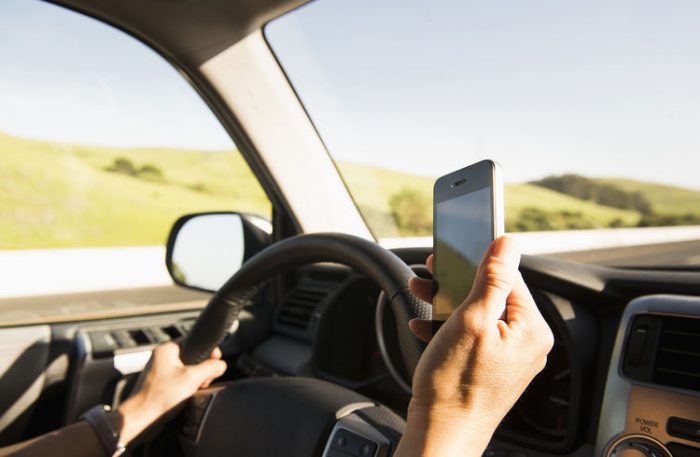
When driving in a car, the speed of LTE and 3G Internet is much lower than when walking. The battery of the gadget in this case is discharged much faster.
Conclusion
Choosing a smartphone for surfing the Internet is an exciting and not particularly difficult task. One has only to take into account the 4 aspects outlined above, and choose a device based on your financial capabilities. Reading on thematic forums reviews and comments of real owners of the gadgets you are interested in can be of great benefit. And to get more full information, look at YouTube service video reviews of these models, and then weigh their pros and cons. After all, it is better to buy a device intelligently than to do it guided only by the external beauty of the device.
Happy shopping!

